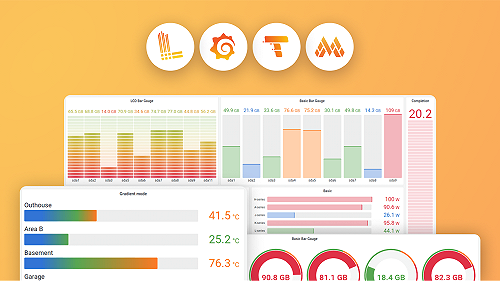This is documentation for the next version of Grafana k6 documentation. For the latest stable release, go to the latest version.
setInputFiles(file[, options])
Sets the file input element’s value to the specified files.
To work with local files on the file system, use the experimental fs module to load and read the file contents.
Returns
Inline File Example
import { browser } from 'k6/browser';
import encoding from 'k6/encoding';
export const options = {
scenarios: {
browser: {
executor: 'shared-iterations',
options: {
browser: {
type: 'chromium',
},
},
},
},
};
export default async function () {
const page = await browser.newPage();
try {
// In this example we create a simple web page with an upload input field.
// Usually, you would use page.goto to navigate to a page with a file input field.
await page.setContent(`
<html>
<head></head>
<body>
<!-- Simple file upload form -->
<form method="POST" action="/upload" enctype="multipart/form-data">
<input type="file" id="upload" multiple />
<input type="submit" value="Send" />
</form>
</body>
</html>`);
const eh = await page.$('input[id="upload"]');
// The file is set to the input element with the id "upload".
await eh.setInputFiles({
name: 'file.txt',
mimetype: 'text/plain',
buffer: encoding.b64encode('hello world'),
});
} finally {
await page.close();
}
}Local File Example
import { browser } from 'k6/browser';
import encoding from 'k6/encoding';
import { open } from 'k6/experimental/fs';
export const options = {
scenarios: {
ui: {
executor: 'shared-iterations',
options: {
browser: {
type: 'chromium',
},
},
},
},
};
// Declare the location of the file on the local filesystem.
let file;
(async function () {
file = await open('/abs/path/to/file.txt');
})();
export default async function () {
const page = await browser.newPage();
try {
// In this example we create a simple web page with an upload input field.
// Usually, you would use page.goto to navigate to a page with a file input field.
await page.setContent(`
<html>
<head></head>
<body>
<!-- Simple file upload form -->
<form method="POST" action="/upload" enctype="multipart/form-data">
<input type="file" id="upload" multiple />
<input type="submit" value="Send" />
</form>
</body>
</html>`);
const eh = await page.$('input[id="upload"]');
// Read the whole file content into a buffer.
const buffer = await readAll(file);
// The file is set to the input element with the id "upload".
await eh.setInputFiles({
name: 'file.txt',
mimetype: 'text/plain',
buffer: encoding.b64encode(buffer),
});
} finally {
await page.close();
}
}
// readAll will read the whole of the file from the local filesystem into a
// buffer.
async function readAll(file) {
const fileInfo = await file.stat();
const buffer = new Uint8Array(fileInfo.size);
const bytesRead = await file.read(buffer);
if (bytesRead !== fileInfo.size) {
throw new Error('unexpected number of bytes read');
}
return buffer;
}

